
Photo by Pablo García Saldaña on Unsplash
How to switch between Angular SSR and CSR based on detecting user-agent
An easy way to have Dynamic SSR
Since SSR is good for SEO and crawler bots, it's not good enough for users. For example, the transitions between pages could be slowed down if your site traffics get high. there are a lot of pros and cons for SSR and CSR I'm not digging into them. What we want here is to have both of them at the same time. We want SSR for SEO and CSR for users.
How
We are going to create an SSR Angular app and enable user-agent detection step by step. Let's Go!
Create a brand new Angular App
Run the CLI command ng new my-app to create a new angular project.

Install Angular SSR
Change the directory to my-app and run ng add @nguniversal/express-engine
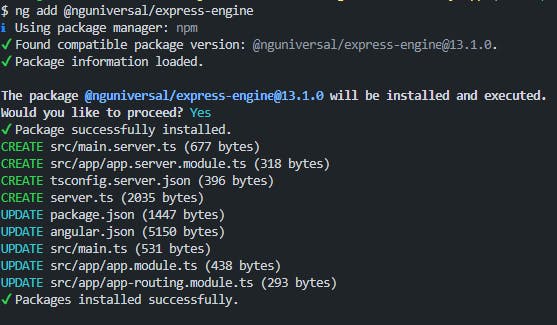
Install the isbot package
In the terminal, run the command npm install isbot
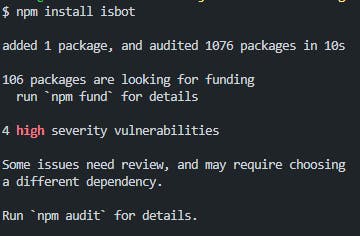
Config server.ts
In the server.ts we are going to use isbot to detect whether the user-agent is a bot or not. To do that, we are going to import the package
import isbot from 'isbot';
Notice that the isbot is imported as a default import and it's not allowed by default.

To allow default import, we set "allowSyntheticDefaultImports": true, in tsconfig.json to allow default import.
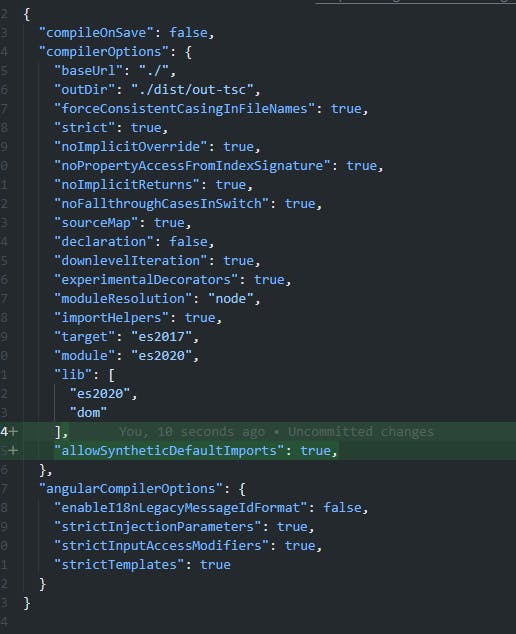
After fixing the default import, now it's time to do the magic. We now detect bots and run the application as SSR otherwise, run the application as CSR.
// All regular routes use the Universal engine
server.get('*', (req, res) => {
if (isbot(req.headers['user-agent'])) {
console.log('bot and running on SSR');
res.render(indexHtml, { req, providers: [{ provide: APP_BASE_HREF, useValue: req.baseUrl }] });
} else {
console.log('Running on CSR');
res.sendFile(join(distFolder, `index.html`));
}
});

Test
To test how it works, we build and run the application on SSR and do some checks in the browser.
By clicking on localhost:4200 we will see the message in the console log that it's running on CSR.

Now, we check what will happen when the bot is coming to the site. To do that, we open network conditions in Inspect Element > Newrok > Network Conditions.

Select the Googlebot and reload the page.
 to check it by
to check it by view on the source we to open it and again check it with the default user agent and the Googlebot
With the default user agent, we will see our application run on CSR.
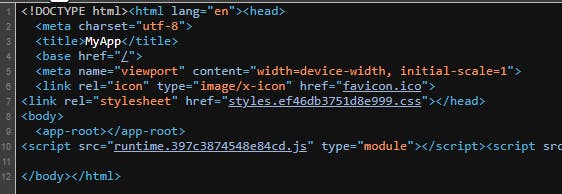
And with the user-agent as the Googlebot, we will see the application in SSR.

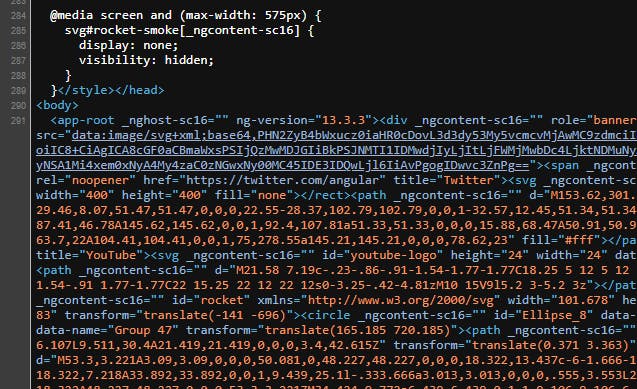
Conclusion
With this approach, you can serve your heavy application SEO-friendly and User-friendly at the same time.
Please check out the source code at github.com/adnanebrahimi/angular-csr-ssr and don't forget to leave a comment if you like it.
Thanks for reading.

